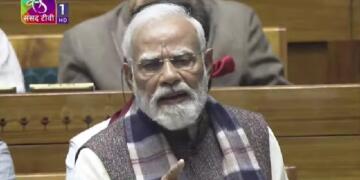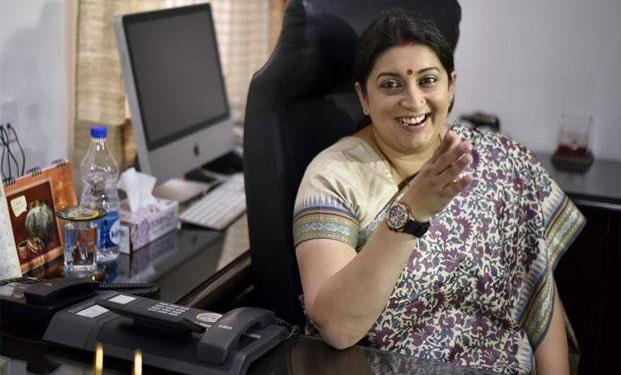Textiles have long defined exports of the Indian subcontinent. The people of Indus Valley Civilization as well as those of Vedic Civilization knew weaving and spinning of cotton. The country is still second largest producer of fiber with major fibers being cotton, silk, jute, wool and man-made fibers. However, cotton is still major fiber of the country as 60 percent of the textile industry is cotton based. It is not just the fiber produced in the country that dominated the global market, the Indigo Dye was major export of the country to Europe for long. When Europeans started sea-exploration, India was the first country on their list due to its attractive resources of spice and textile. The colonial masters of the country destroyed textile industry of the country in favor of Industrial production in England. The naturally produced Indigo Dye and fine clothes were no longer attractive in comparison to synthetically produced cheaper Indigo and clothes produced through giant machines. Thus, the textile industry crumbled under colonial oppression. However, once country got independence and the production system was no longer vulnerable to colonial exploitation, the textile industry bounced back. After the economic liberalization in 1990s, textile became a major export of the country.
In last few years, the textile was once again under stress due to policies of previous government. However, the industry is reviving once again since Smriti Irani has taken the helm at the Ministry of Textiles. The export of textiles and apparel has grown exponentially in last few months. “The exports of textile and apparel for October grew 38% to Rs 20,353 crore as against Rs 14,779 crore reported in the same month of 2017. It is interesting to note that during the month, the apparel exports have grown at a whopping 54%,” said Confederation of Indian Textile Industry (CITI). Sanjay K Jain, chairman, CITI recognized the contribution of various ministries in revival of the exports, “The concerned ministries have also come forward with timely policy support and intervention to boost the industry which was under major stress, especially after the implementation of GST,” said Jain.
The exports of cotton fabric and products made from it rose by 25 percent to Rs, 6,704 crore in October this year compared to Rs 5,376 crore in the same month in previous fiscal. The export of man-made fabs/yarn and products made from it grew by 31 percent to Rs, 3,037 crore compared 2,312 crore in October month in last fiscal. The carpet and handicrafts export grew by 52 percent and 24 percent respectively. Overall the textile exports grew by 28 percent while the apparel exports grew at a higher rate of 54 percent. The Index of Industrial Production (IIP) data also suggested the revival of textile and apparel industry with growth rate of 5.4 percent and 20.9 percent respectively. “It is pertinent to mention here that the IIP production data for T&C also witnessed robust year on year growth during September 2018 as compared September 2017,” said Jain. However, it is visible from the data that the growth in exports has outgrown the overall growth of the industry.
This is because of many initiatives taken by the government to promote exports. The overall exports grew by 17.86 percent in the month of October in comparison to same month in previous fiscal. The Ministry of Commerce and Industry has cut the bureaucratic red tape which hurt the growth in previous years. The recent Ease of doing business also recognized the ranking for ‘trading across borders’ saw second highest improvement after construction permits, it rose to 80 from 146 last year. The time and cost for import and export in terms of documentation which largely moved online and border compliance has also been made more efficient. The revival of exports and textile industry will help the economy of the country.




























